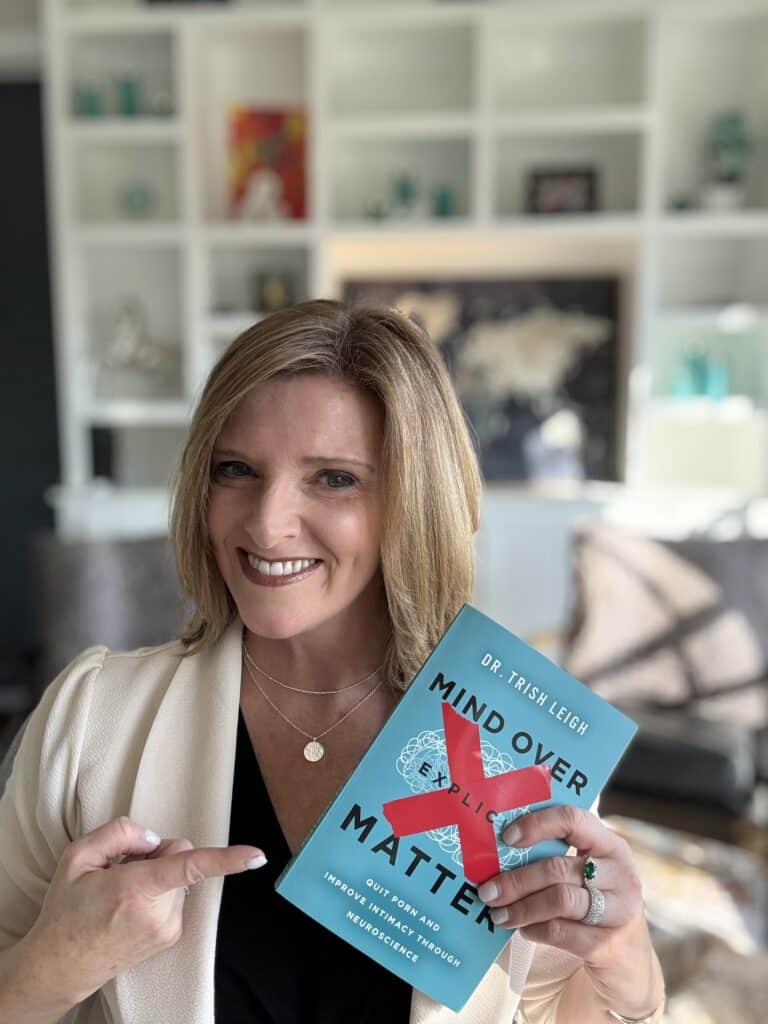Did you know anxiety isn’t just about feeling nervous?
Anxiety can manifest in countless ways, creating significant struggles in your life. Have you ever felt a constant sense of worry, like you’re always on high alert? Or perhaps you experience persistent negative thoughts that you just can’t help get rid of? These are signs of anxiety, and they are all linked to brain dysregulation.
What’s Really Happening in Your Brain?
Scientific studies reveal that anxiety stems from a dysregulated brain pattern. When you’re anxious, your brain operates at an excessively fast pace, known as high beta activity (21-30 Hz), instead of the calm, focused speed of alpha waves (8-12 Hz). This high-speed energy creates a state of constant alertness and worry, preventing your brain from relaxing and recovering.
Intrigued? qEEG brain mapping can help with Anxiety in the Brain.
Using qEEG brain mapping, we can visualize these electrical patterns. Imagine a map of your brain showing excessive high beta activity in red, indicating overuse of fast energy. Simultaneously, you’ll likely see low alpha activity, highlighting your brain’s struggle to maintain a calm state.
The Consequences of Anxiety in the Brain
Without intervention, your brain remains in this high-energy state, preventing recovery and leading to burnout. This state affects every aspect of your life, from your mental health to your daily performance.This isn’t just a theory; it’s backed by cutting-edge neurofeedback technology.
How Can Neurofeedback Help to Overcome Anxiety in the Brain?

Neurofeedback is a non-invasive technique that uses operant conditioning to retrain your brain. During a neurofeedback session, you watch a video. When your brain produces more alpha waves, the video plays clearly. If it shifts to high beta, the video dims. Over time, this positive reinforcement teaches your brain to stay in a calm, focused state.
Fascinating, Isn’t It?
Research shows that neurofeedback can significantly reduce anxiety symptoms. Your brain, the most complex organ in the universe, has the power to rewire itself through neuroplasticity. By guiding it towards healthier patterns, you can leave behind the constant worry, negative thoughts, and physical symptoms of anxiety.
Bonus: Statistics and FAQs
Did you know?
- Anxiety disorders affect 40 million adults in the U.S., making it the most common mental illness.
- Neurofeedback has shown to reduce anxiety symptoms by up to 50% in clinical trials.
Q: How long does it take to see results with neurofeedback? A: While individual experiences vary, many see improvements within a few weeks of consistent sessions.
Q: Is neurofeedback safe? A: Yes, neurofeedback is a non-invasive, safe technique with no significant side effects.
Q: Do I need a qEEG brain map to start neurofeedback? A: A qEEG brain map helps tailor the neurofeedback sessions to your specific needs, ensuring the most effective treatment.
Join Us on This Journey!
Let’s leave anxiety behind and move towards a life of calm and focus NOW! Schedule your qEEG Brain Map Assessment to see if you qualify or visit our home neurofeedback program. Remember: control your brain, or it will control you!
Also, Check out Dr. Leigh’s YouTube videos for more detailed insights and guidance:


